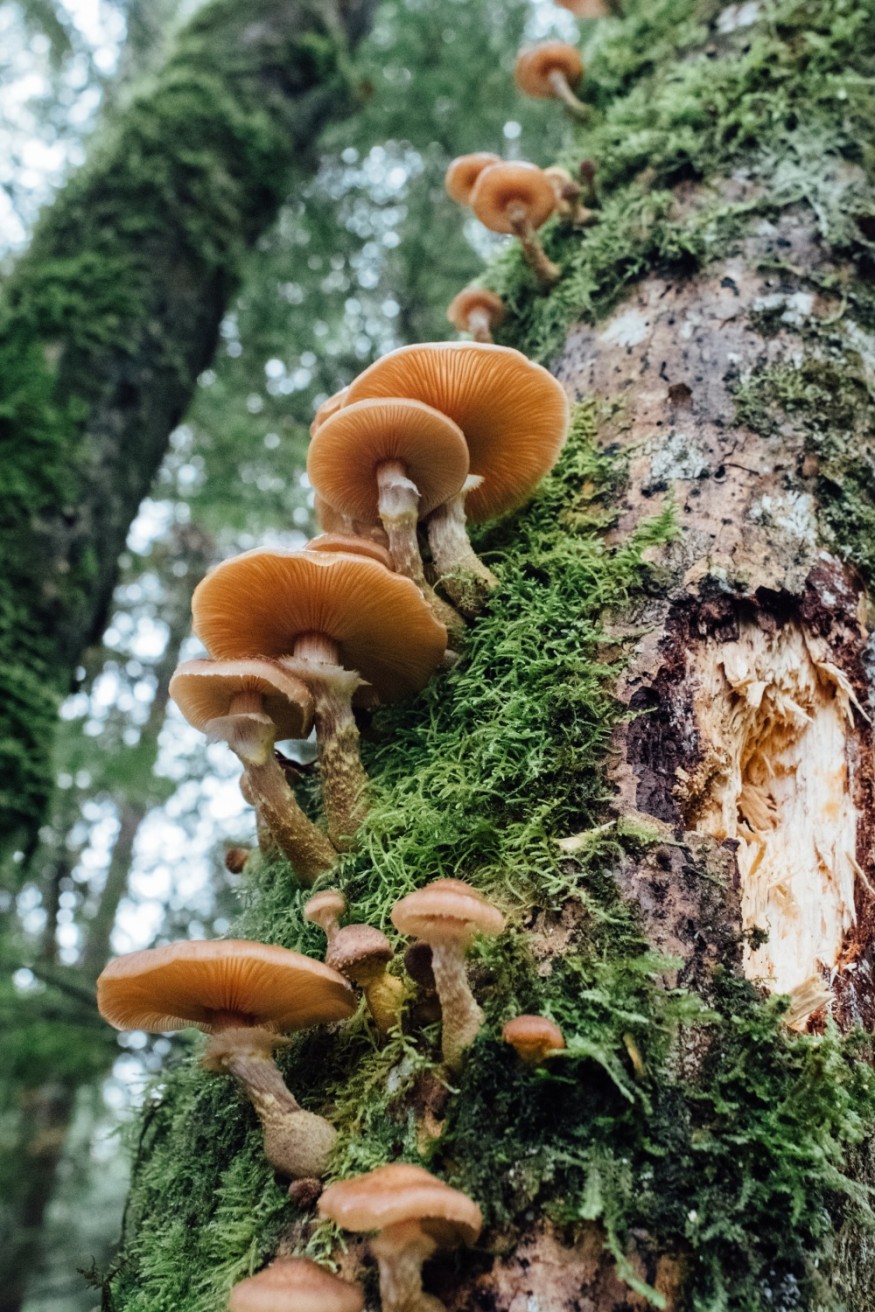Two fungi species were discovered in the Cairngorm Mountains. Seventy-three volunteers helped collect more than 200 soil samples that yielded the new findings. The volunteers discovered three new fungal species, two of which are unique to the UK and one which was unknown to science. Plantlife and James Hutton Institute led the project.

Fungi Species Discovered in Cairngorms Mountains
The researchers named the species as Acrodontium Antarcticum and Amanita groenlandica. The unknown species were classified under the Squamanita group. Another discovery was one of the UK's rarest grassland fungi. It is a violet fungus in alpine grasslands on two mountains.
The Amanita groenlandica is an arctic species that originated in Greenland. It had never been discovered south of Scandinavia. Another fungus, acrodontium antarcticum, is native to Antarctica. It had never been identified in the UK before.
Hillwalkers in the Cairngorms National Park gathered soil samples from 55 Munros. These mountains are higher than 914.4m (3,000ft). Parts of the Scottish provinces of Angus, Aberdeenshire, Moray, and Highland are included in the Cairngorms National Park.
Then the James Hutton Institute scientists took DNA from the soil and sequenced it. More than 17,000 records of 2,748 fungal species were produced as a result.
Based on the overall number of species discovered on each Munro studied by the research, Beinn a'Bhuird has the highest number of species (359), followed by Beinn Mheadhoin (358) and Cairngorm (352).
According to Keilidh Ewan of Plantlife, the initiative provided unique insights into the species found in mountainous areas.
"The coming together of researchers, conservationists and the local community has uncovered some wild and wonderful species and has created evidence-based foundations against which the effects of climate and environmental change can be monitored going forward," Ewan said.
Ewan added that it helped them to understand the threats that the habitat is facing. It also helped them better understand how to protect the area for the future.
James Hutton Institute ecologist Andrea Britton said that fungi are critical to the operation of the alpine ecosystems, but because they are hidden below ground, isolated, and challenging to access, they know very little about the fungi's distribution and diversity in the habitat. She was thankful to the volunteers and participants who came together to get the information they needed. The survey data would help identify habitats and locations for fungal diversity conservation.
ALSO READ: Fungi May Be the Future of Sustainable Leather-Like Materials
Plantlife and James Hutton Institute Collaboration on Fungi Discovery
Plantlife has several projects in Scotland. It aims to save arctic alpines in the Cairngorms and save the rarest wild plant populations across different regions in the country. Its previous works include the National Heritage Lottery Funded project and Rare Plants and Wild Connections. It partnered with Plant Link Scotland, Scottish Environment Link, and Garden for Life.
The James Hutton Institute's main objective is to deliver greater food and environmental security. It has a wide range of facilities and scientific resources, which it uses in conducting its research.
Since their landscape is warming fast, several of Scotland's alpine species are most at risk of extinction. The harsh environments play a crucial role in helping the arctic-alpine plants to acquire the vital nutrients they need to survive. The fungi discovery is very important in this situation.
RELATED ARTICLES : Gold Coated Fungi Discovered in Australia Could Lead to Natural Methods of Gold Mining
Check out more news and information on Environment in Science Times.
© 2025 ScienceTimes.com All rights reserved. Do not reproduce without permission. The window to the world of Science Times.












